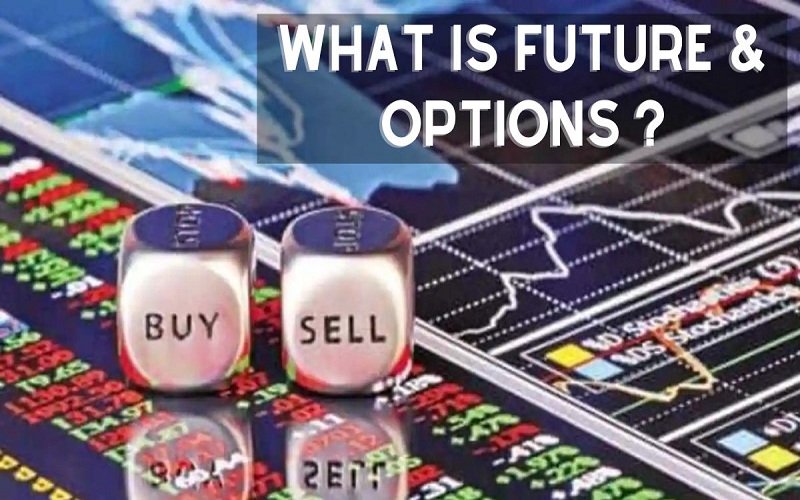The world of finance offers a vast array of investment options, and future and options (F&O) trading can be a powerful tool for experienced investors. However, navigating the intricacies of F&O can be daunting, especially for beginners. This article explores key concepts and terminologies commonly encountered while using an F&O trading app, empowering you to approach F&O trading with a stronger foundation.
Understanding Futures Contracts
A Future and Options contract is an agreement between two parties to buy or sell an underlying asset (like a stock, commodity, or currency) at a predetermined price on a specific future date. When using an F&O trading app, you’ll encounter terms like:
- Lot Size: The minimum standardized number of units in a futures contract.
- Expiry Date: The specific date on which the futures contract must be settled (delivered or cash-settled).
- Margin: A deposit required to initiate a futures position, typically a percentage of the contract value.
- Mark-to-Market: The daily process of settling unrealized profits or losses on open futures contracts to your account.
Demystifying Options Contracts
An Future and Options contract grants the buyer the right, but not the obligation, to buy (call option) or sell (put option) an underlying asset at a specific price (strike price) by a certain expiry date. F&O trading apps will display an Option Chain, which presents available call and put options for the chosen underlying asset, with various strike prices and corresponding premiums (the cost of the option).
Greeks: Unveiling Option Sensitivity
Future and Options are complex instruments, and their value is influenced by various factors. F&O trading apps might introduce you to the concept of Greeks, which are letters representing measures of an option’s sensitivity to different market changes. Understanding these Greeks, like Delta (price change impact), Gamma (rate of delta change), and Theta (time decay impact), can help you make informed decisions when using options contracts.
Order Types for Effective Future and Options Trading
Executing successful Future and Options trades requires a strategic approach to order placement. F&O trading apps typically offer various order types, including:
- Market Orders: Orders to buy or sell at the prevailing market price.
- Limit Orders: Orders to buy or sell at a specific price or better.
- Stop-Loss Orders: Orders to automatically exit a position if the price reaches a predefined level to limit potential losses.
Risk Management: The Cornerstone of Future and Options Trading
Future and Options trading carries inherent risks due to leverage and market volatility. It’s crucial to employ robust risk management strategies. F&O trading apps might provide tools to help you set stop-loss orders and manage position sizing to mitigate potential losses. Remember, responsible risk management is paramount for sustainable success in Future and Options trading.
Beyond the Basics: Continuous Learning
The financial landscape is constantly evolving, and so are F&O trading strategies. While an F&O trading app equips you with the tools to participate in this market, continuous learning is essential. Consider supplementing your knowledge by attending workshops, reading books and articles from F&O experts, and staying updated on market trends.
The Power of F&O Trading Apps
F&O trading apps empower you to access the F&O market from the convenience of your mobile device. These apps not only facilitate order placement and position management but can also serve as valuable educational resources. However, remember that Future and Options trading requires a strong understanding of the underlying concepts and a commitment to responsible risk management.

